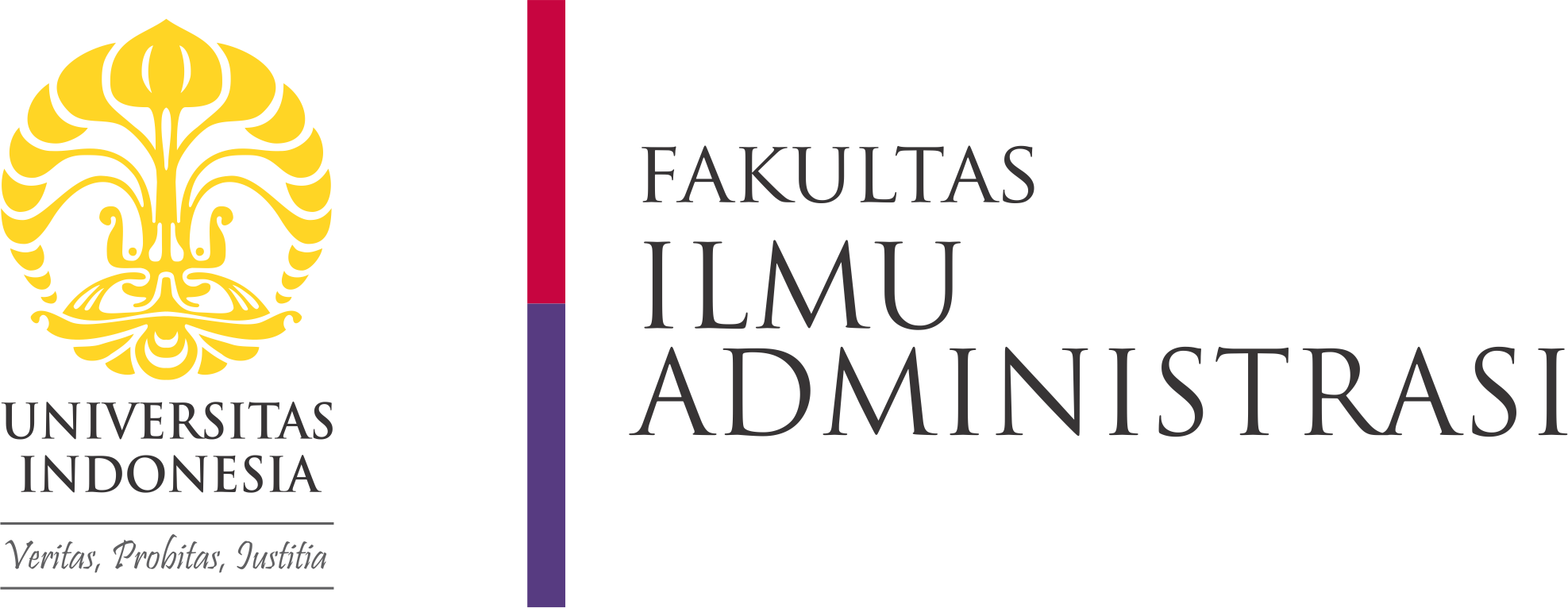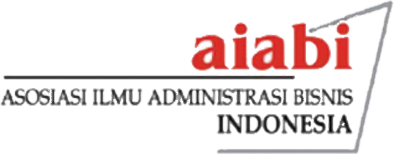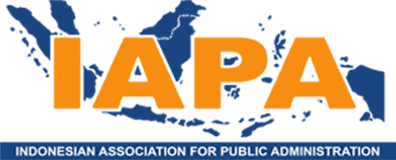Creative Commons License

This work is licensed under a Creative Commons Attribution-Share Alike 4.0 International License.
Abstract
The significant vulnerability of Padang Pariaman District to potential tsunamis necessitates extensive mitigation efforts. This study attempts to delineate the steps included in disaster mitigation through the Disaster Resilient Village program as specified in the Regulation of the Head of National Disaster Management Agency (BNPB) Number 1 of 2012. The program seeks to establish self-sufficient nagaris capable of anticipating and mitigating disaster impacts. Implementing both non-structural and structural mitigation measures through this program is a prudent decision to prepare for unforeseen calamities. This study employed a descriptive qualitative approach, collecting data through interviews with 22 local community members and stakeholders as well as field observations. The findings indicate that the disaster resilience program has stagnated and failed to achieve optimal results. This is evident by the lack of substantial progress and monitoring in Katapiang, Seulayat Ulakan, and West Sunua Nagaris, which have been designated as part of the Disaster Resilient Village program in Padang Pariaman District. These findings serve as a reminder for the government and stakeholders to prioritize the implementation of disaster mitigation initiatives, considering the unpredictable nature of disaster timing and intensity.
References
Anam, K., Mutholib, A., Setiyawan, F., Andini, B. A., & Sefniwati, S. (2018). Kesiapan Institusi lokal dalam menghadapi bencana tsunami: Studi kasus Kelurahan Air Manis dan Kelurahan Purus, Kota Padang. Jurnal Wilayah Dan Lingkungan, 6(1), 15. https://doi.org/10.14710/jwl.6.1.15-29
Andreastuti, S., Budianto, A., & Paripurno, E. T. (2017). Integrating social and physical perspectives of mitigation policy and practice in Indonesia. In Observing the Volcano World (pp. 307–320). https://doi.org/10.1007/11157_2016_36
Benazir, Syamsidik, Idris, Y., & Putra, N. P. (2023). Connecting community's perspectives on tsunami risk to anticipated future tsunamis: a reflection from a progress of tsunami preparedness from a coastal community in Aceh-Indonesia after 19 years of the 2004 Indian Ocean Tsunami. Geoenvironmental Disasters, 10(1), 21. https://doi.org/10.1186/s40677-023-00252-7
BNPB. (2023). Data informasi bencana Indonesia. BNPB. https://dibi.bnpb.go.id/kbencana2 Burling, W. K., & Hyle, A. E. (1997). Disaster preparedness planning: Policy and leadership issues. Disaster Prevention and Management: An International Journal, 6(4), 234–244. https://doi.org/10.1108/09653569710179075
Carter, W. N. (2008). Disaster management: A disaster manager's handbook. Asian Development Bank.
Chen, L.-C., Liu, Y.-C., & Chan, K.-C. (2006). Integrated community-based disaster management program in Taiwan: A case study of Shang-An Village. Natural Hazards, 37(1–2), 209–223. https://doi.org/10.1007/s11069-005-4669-5
Creswell, J. W. (2009). Research design: Qualitative, quantitative, and mixed methods approaches, 3rd ed. In Research design: Qualitative, quantitative, and mixed methods approaches (3rd ed.). Sage Publications, Inc. https://us.sagepub.com/en-us/nam/research-design/book270550
Jaques, T. (2007). Issue management and crisis management: An integrated, non-linear, relational construct. Public Relations Review, 33(2), 147–157. https://doi.org/10.1016/j.pubrev.2007.02.001
Kizilova, S. (2023). Instant shelter: Contemporary architectural solutions for disaster management. E3S Web of Conferences, 431, 06004. https://doi.org/10.1051/e3sconf/202343106004
Lalith Prakash, E., Anand, K. B., & Kolathayar, S. (2024). Preparedness for a forgotten disaster: A case study Coimbatore, India. Progress in Disaster Science, 23, 100340. https://doi.org/10.1016/j.pdisas.2024.100340
Perry, R. W., & Lindell, M. K. (2003). Preparedness for emergency response: Guidelines for the emergency planning process. Disasters, 27(4), 336–350. https://doi.org/10.1111/j.0361-3666.2003.00237.x
Putera, R. E., Nurasa, H., & Sugandi, Y. S. (2018). Synergizing stakeholders in reducing risk of earthquake and tsunami-disaster in the most vulnerable area. Bisnis & Birokrasi Journal, 23(3). https://doi.org/10.20476/jbb.v23i3.9176
Quantectum. (2023). Seismic activity in Indonesia. Quantectum Earthquake Forecasting Center. https://quantectum.com/blog/seismic-activity-in-indonesia/
Rayawan, J., Tipnis, V. S., & Pedraza-Martinez, A. J. (2021). On the connection between disaster mitigation and disaster preparedness: The case of Aceh province, Indonesia. Journal of Humanitarian Logistics and Supply Chain Management, 11(1), 135–154. https://doi.org/10.1108/JHLSCM-12-2019-0081
Sadeka, S., Mohamad, M. S., & Sarkar, M. S. K. (2020). Disaster experiences and preparedness of the Orang Asli Families in Tasik Chini of Malaysia: A conceptual framework towards building disaster resilient community. Progress in Disaster Science, 6, 100070. https://doi.org/10.1016/j.pdisas.2020.100070
Smith, K., & Smith, K. (2013). Environmental hazards. Routledge. https://doi.org/10.4324/9780203805305
Sun, Y., & Sun, J. (2020). Self-assessment of tsunami evacuation logistics: Importance of time and earthquake experience. Transportation Research Part D: Transport and Environment, 87, 102512. https://doi.org/10.1016/j.trd.2020.102512
Suriastini, N. W., Wijayanti, I. Y., Sikoki, B., & Sumantri, C. S. (2023). Measuring disaster recovery: Lessons learned from early recovery in post-tsunami area of Aceh, Indonesia. Sustainability, 15(24), 16870. https://doi.org/10.3390/su152416870
Syamsidik, Oktari, R. S., Nugroho, A., Fahmi, M., Suppasri, A., Munadi, K., & Amra, R. (2021). Fifteen years of the 2004 Indian Ocean Tsunami in Aceh-Indonesia: Mitigation, preparedness and challenges for a long-term disaster recovery process. International Journal of Disaster Risk Reduction, 54, 102052. https://doi.org/10.1016/j.ijdrr.2021.102052
Wahyuningtyas, N., Tanjung, A., Idris, I., & Dewi, K. (2019). Disaster mitigation on cultural tourism in Lombok, Indonesia. GeoJournal of Tourism and Geosites, 27(4), 1227–1235. https://doi.org/10.30892/gtg.27409-428 Warganegara,
A., & Samson, M. G. M. (2021). Collaboration and disaster: Critical responses after tsunami events in Indonesia. Environmental Hazards, 20(4), 345–362. https://doi.org/10.1080/17477891.2020.1813680
Wialdi, P. F., Putera, R. E., Kusdarini, Ariany, R., Valentina, T. R., & Dermawan, R. (2021). Local wisdom of coastal communities in mitigating earthquake disaster risk reduction. E3S Web of Conferences, 331, 04001. https://doi.org/10.1051/e3sconf/202133104001
First Page
16
Last Page
23
Recommended Citation
Fajria, Resti; Putera, Roni Ekha; and Kusdarini, Kusdarini
(2024)
"Disaster Mitigation Through the Disaster Resilient Village Program in Padang Pariaman District,"
BISNIS & BIROKRASI: Jurnal Ilmu Administrasi dan Organisasi: Vol. 31:
No.
1, Article 2.
DOI: 10.20476/jbb.v31i1.1370
Available at:
https://scholarhub.ui.ac.id/jbb/vol31/iss1/2
Included in
Emergency and Disaster Management Commons, Environmental Policy Commons, Other Public Affairs, Public Policy and Public Administration Commons, Public Administration Commons






